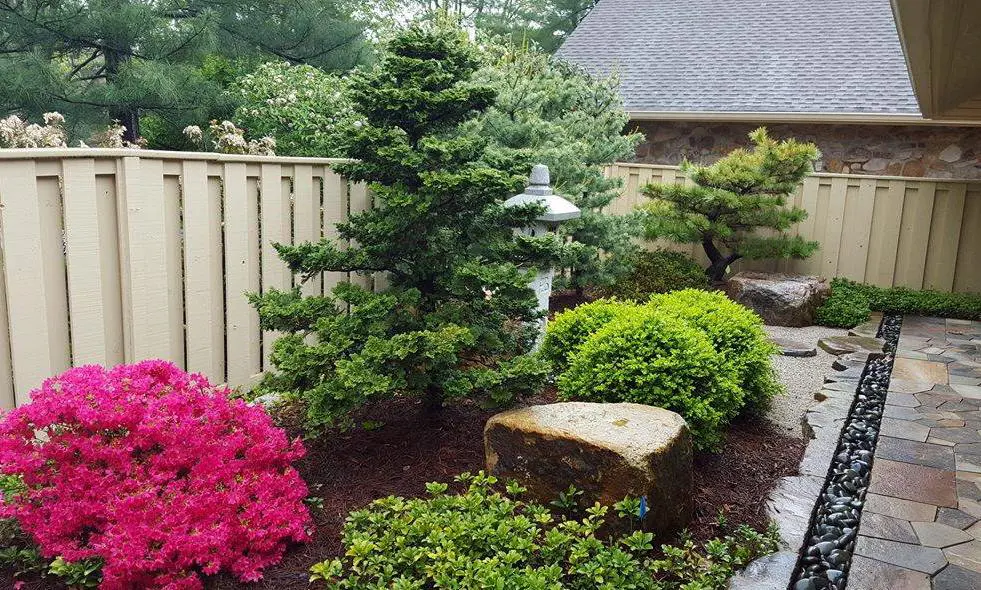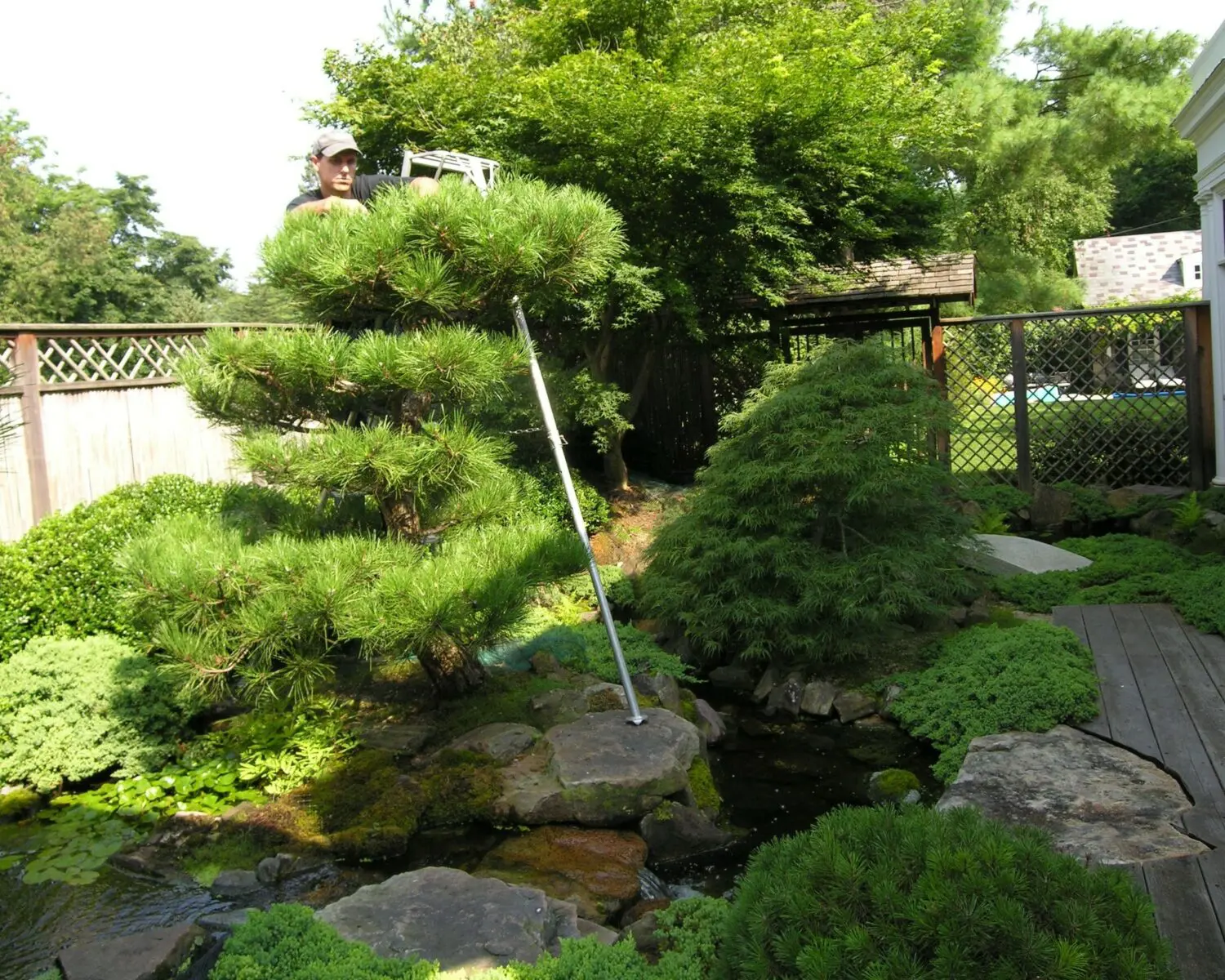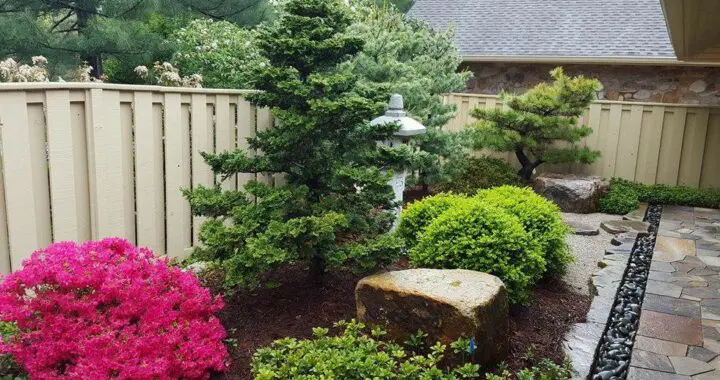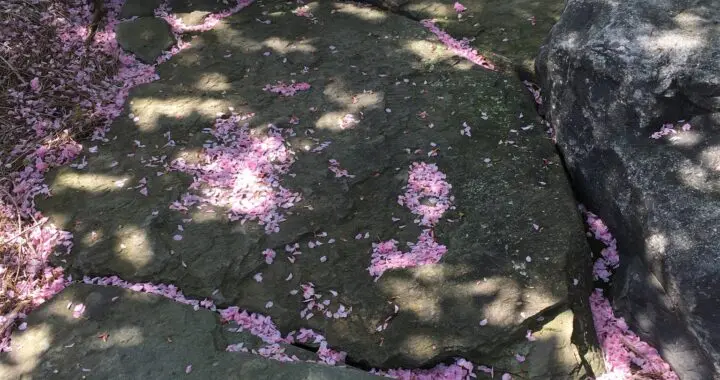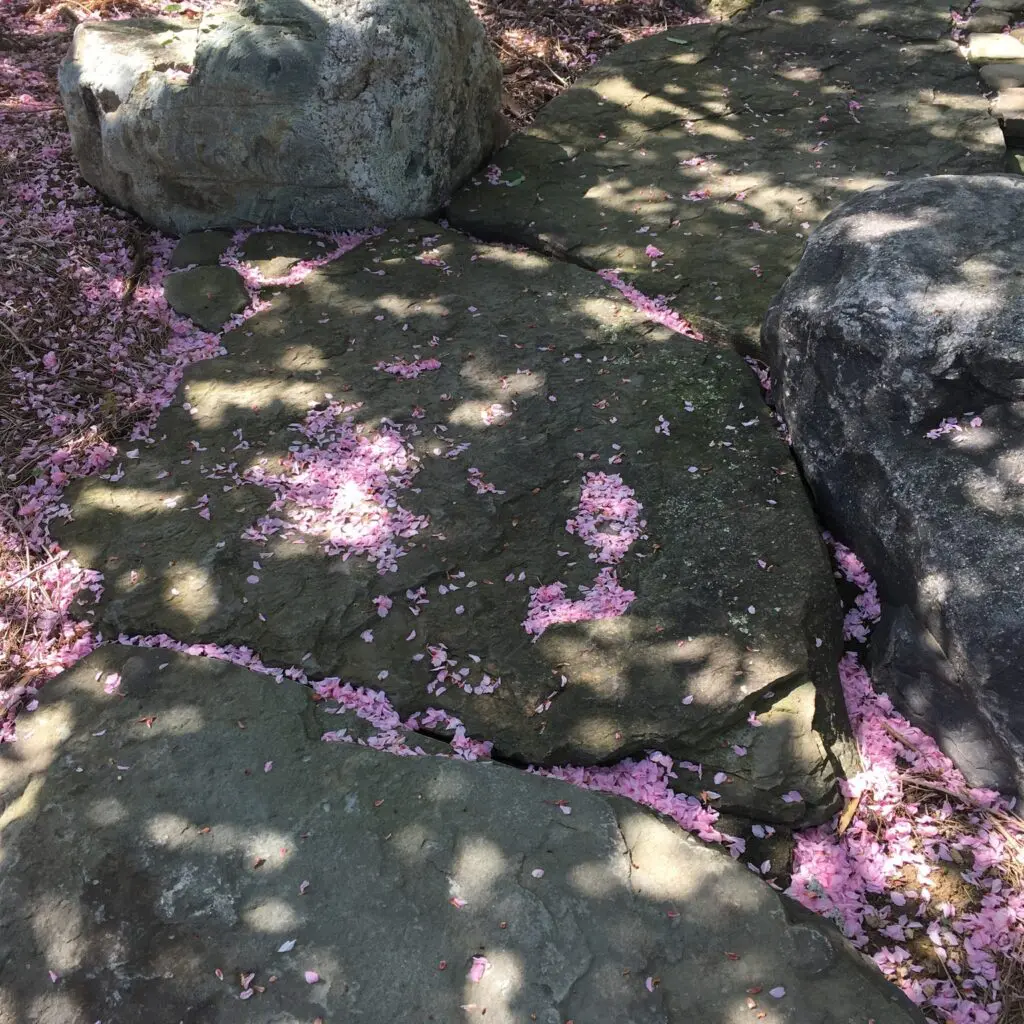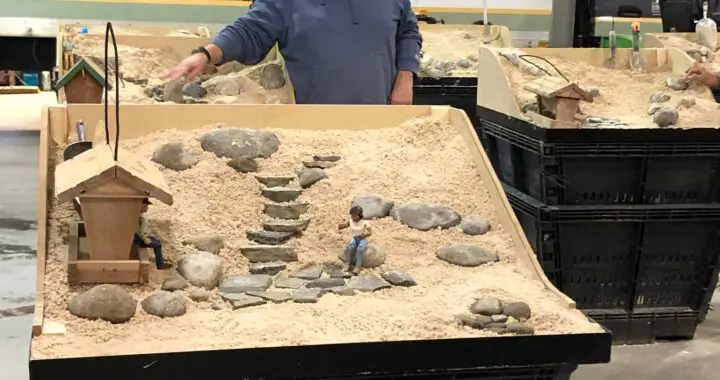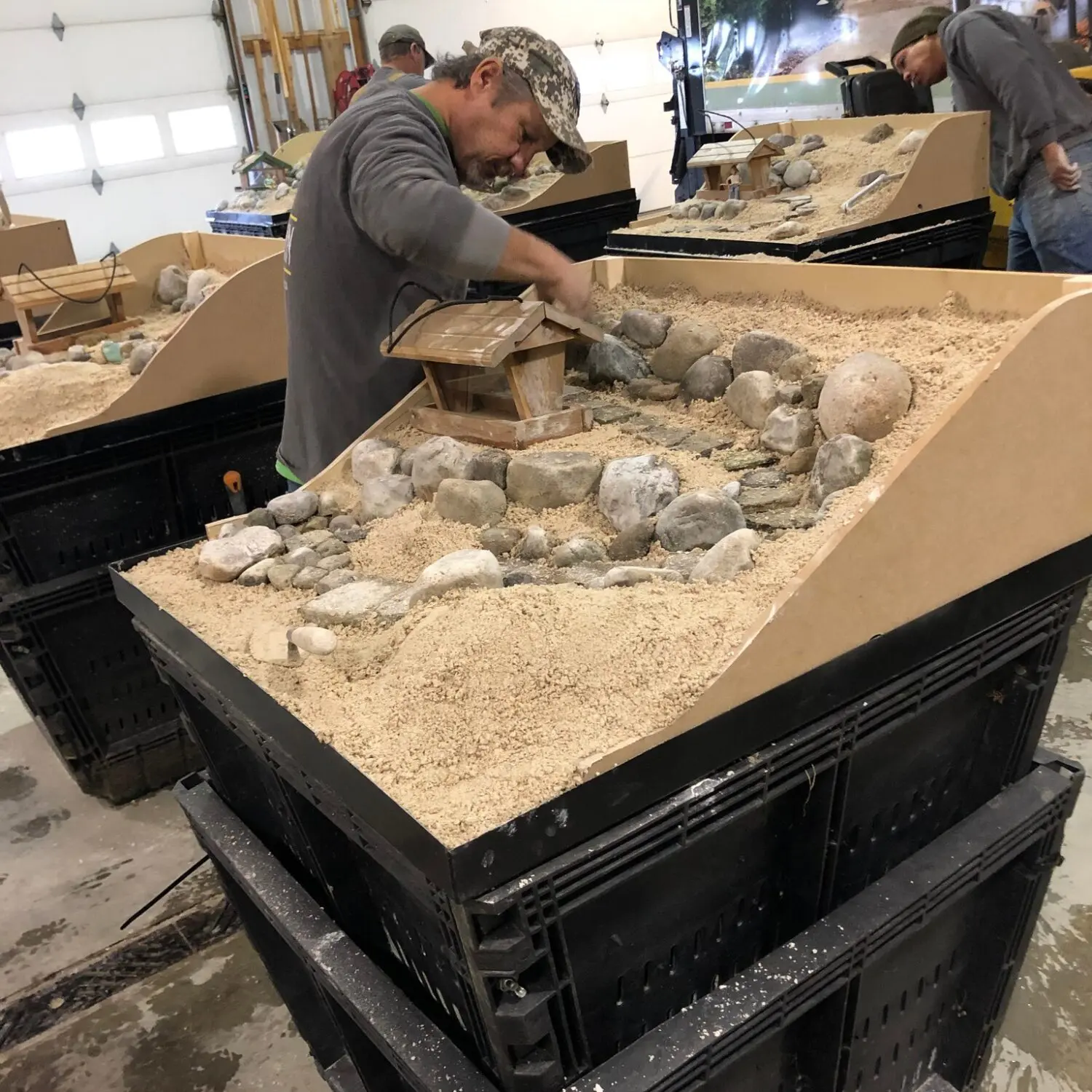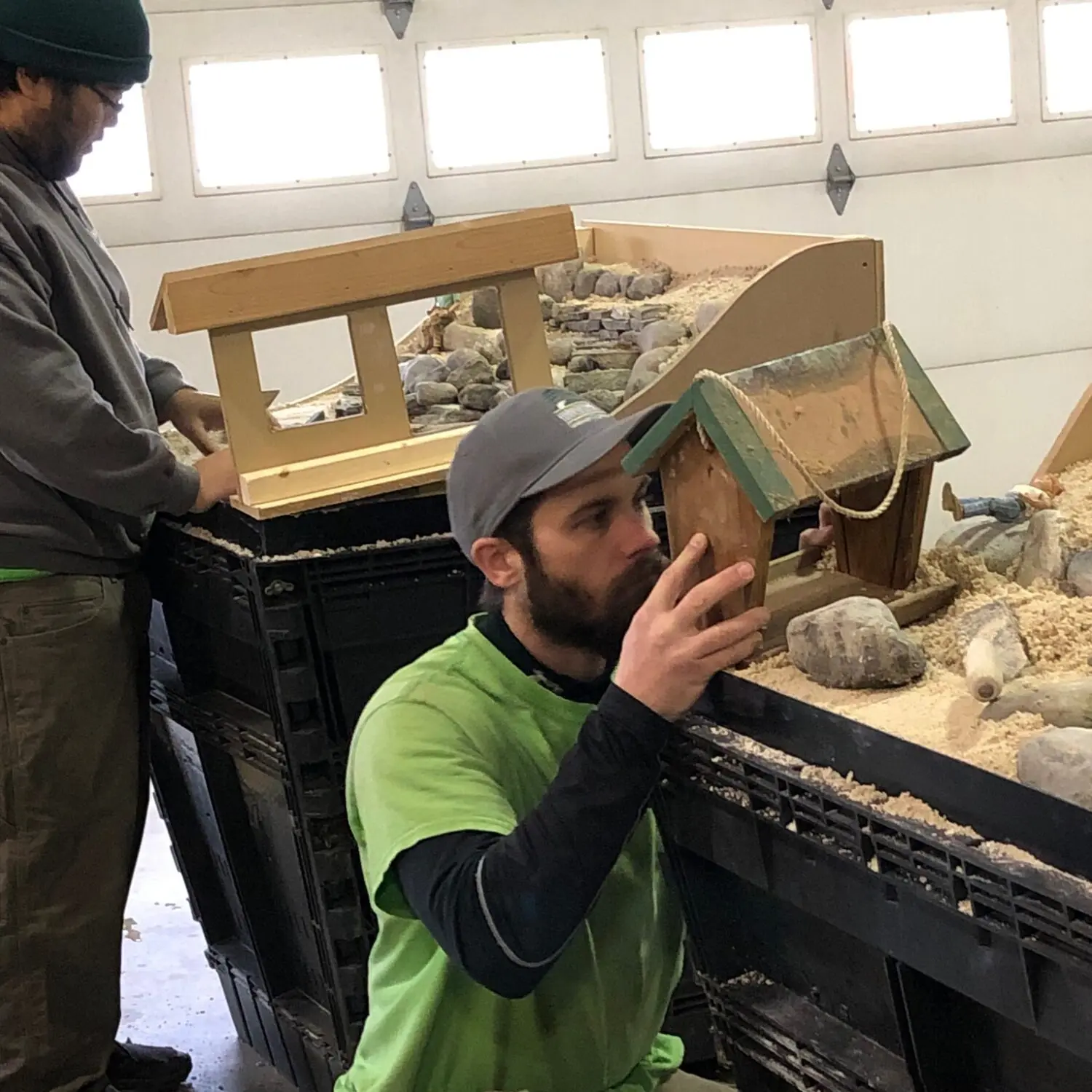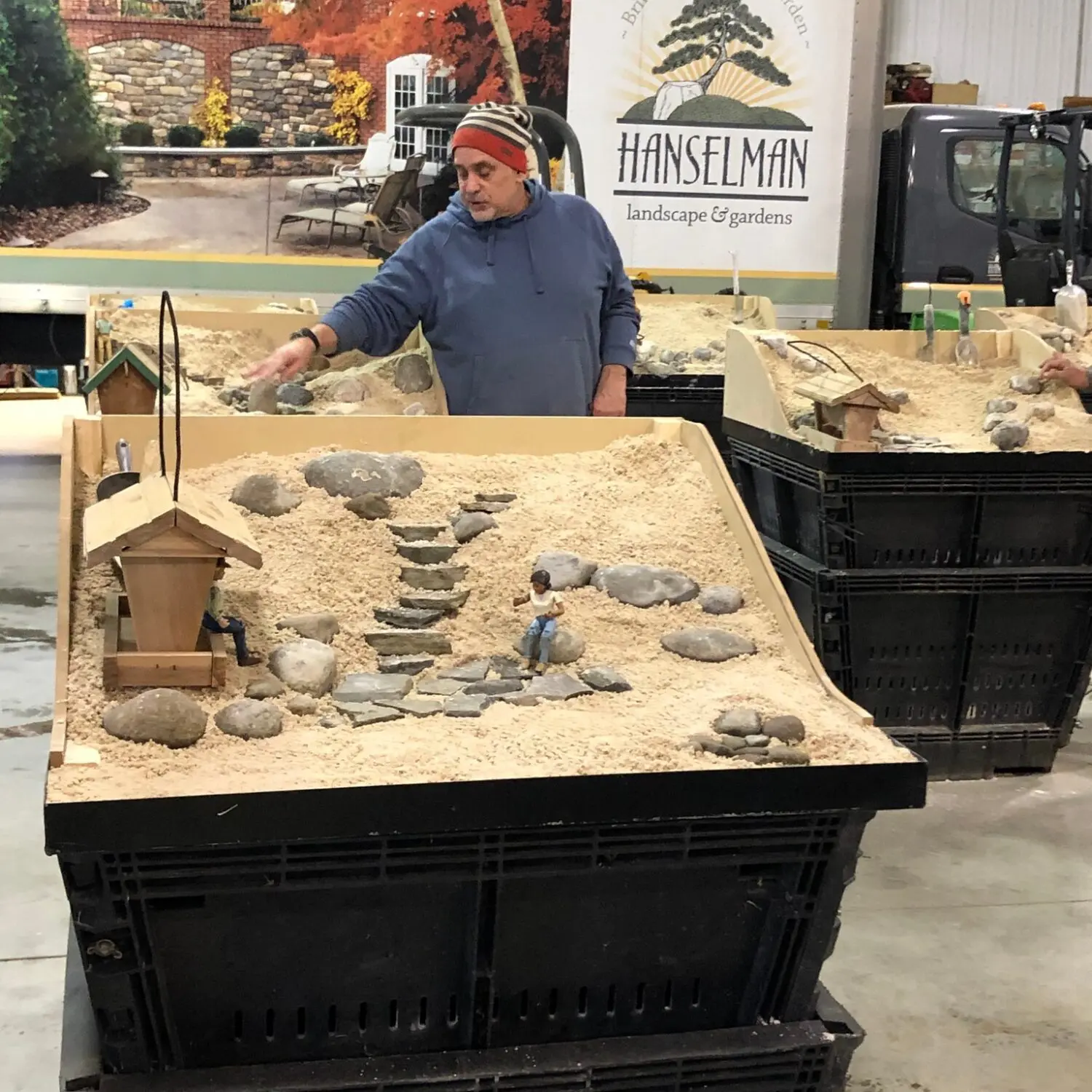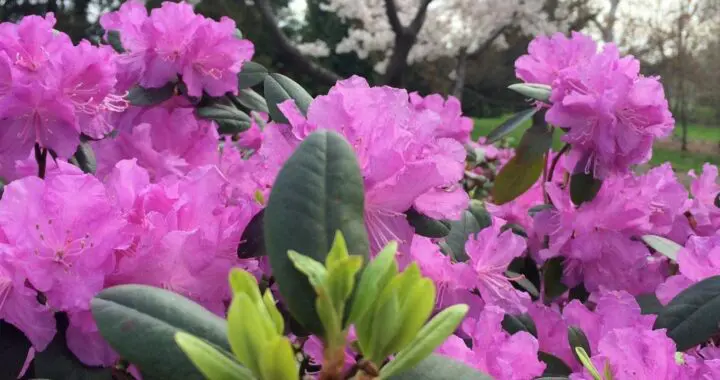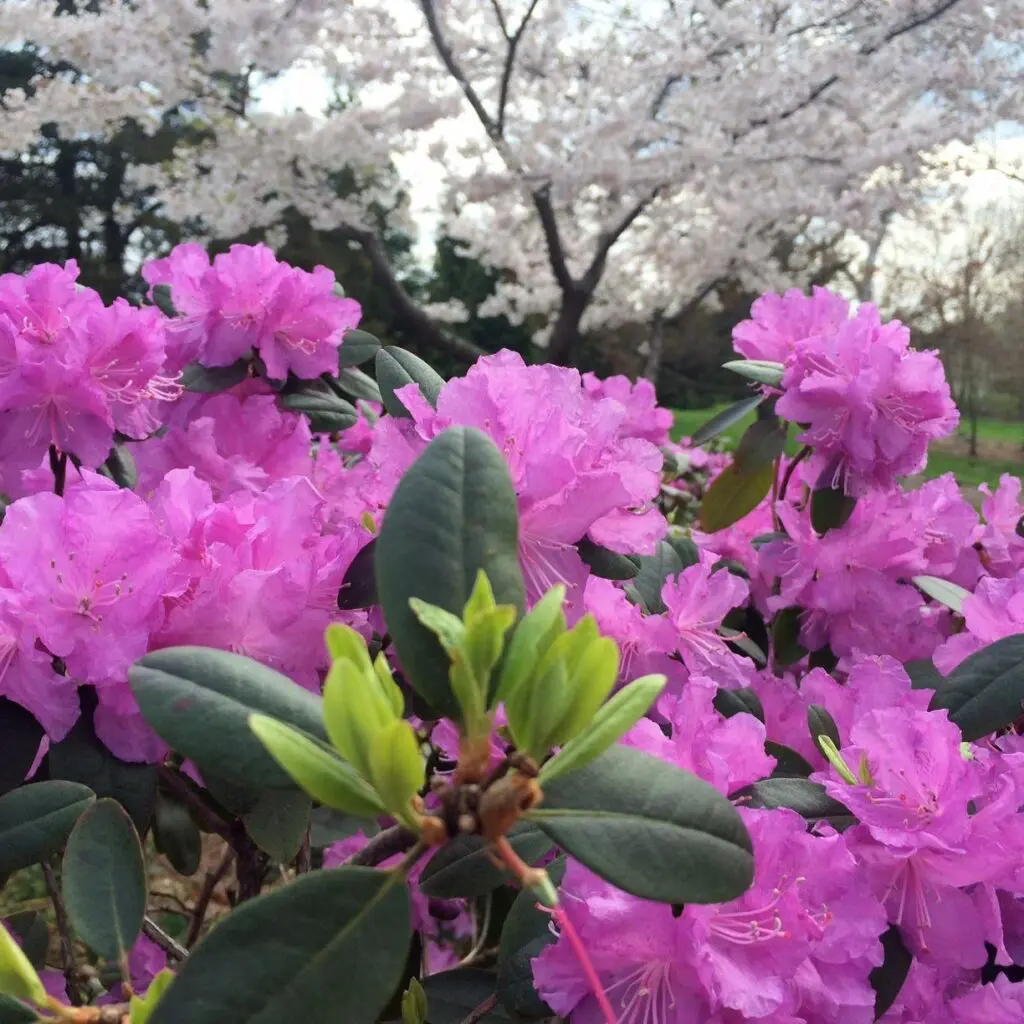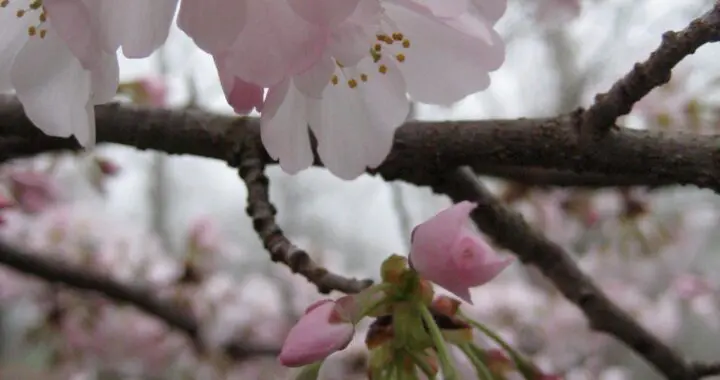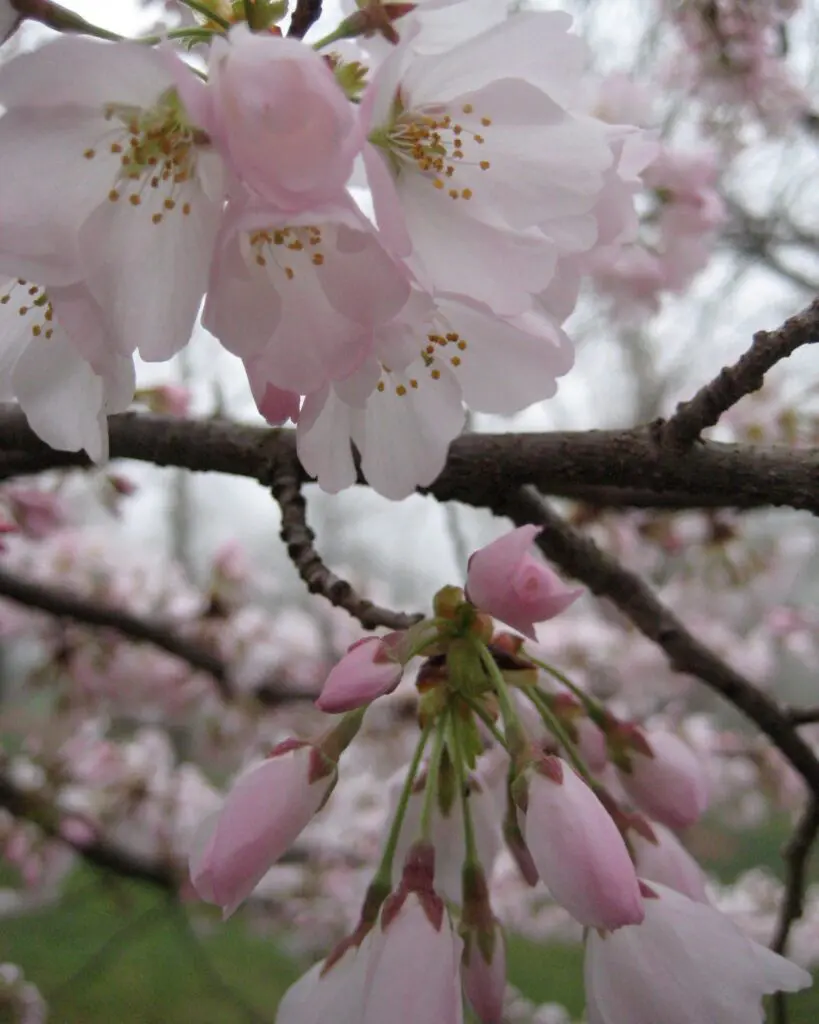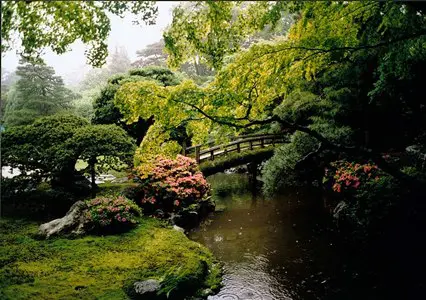Creating a landscape of enduring beauty requires thoughtful planning, skillful implementation, and dedicated care. A well-planned garden is also a smart investment in lasting value. At the outset, a garden designer with a long-term perspective will help you avoid the pitfalls that result in short-sighted, costly garden “makeovers,” including perhaps the greatest expense: the time it costs to re-grow a “ripped-out” garden to graceful maturity.Even before devising a thoughtful garden plan, consider your commitment: how much are you willing and able to commit to the creation and care of your garden? Your designer will need to know your dedication (financially and emotionally) to the garden you are envisioning so as to stay within realistic parameters. In our experience, the best gardens are those which are well-loved. Please visit our website to view our mission statement, values, and work: https://www.hanselmanlandscape.com/about-us-hanselman…/Over the next few weeks, I will be sharing tips to help you invest your time and resources wisely as you plan your own enduring garden. See you back here again soon!
Shared by Betty HanselmanGardener’s wife (& advocate of a long-term garden perspective)

